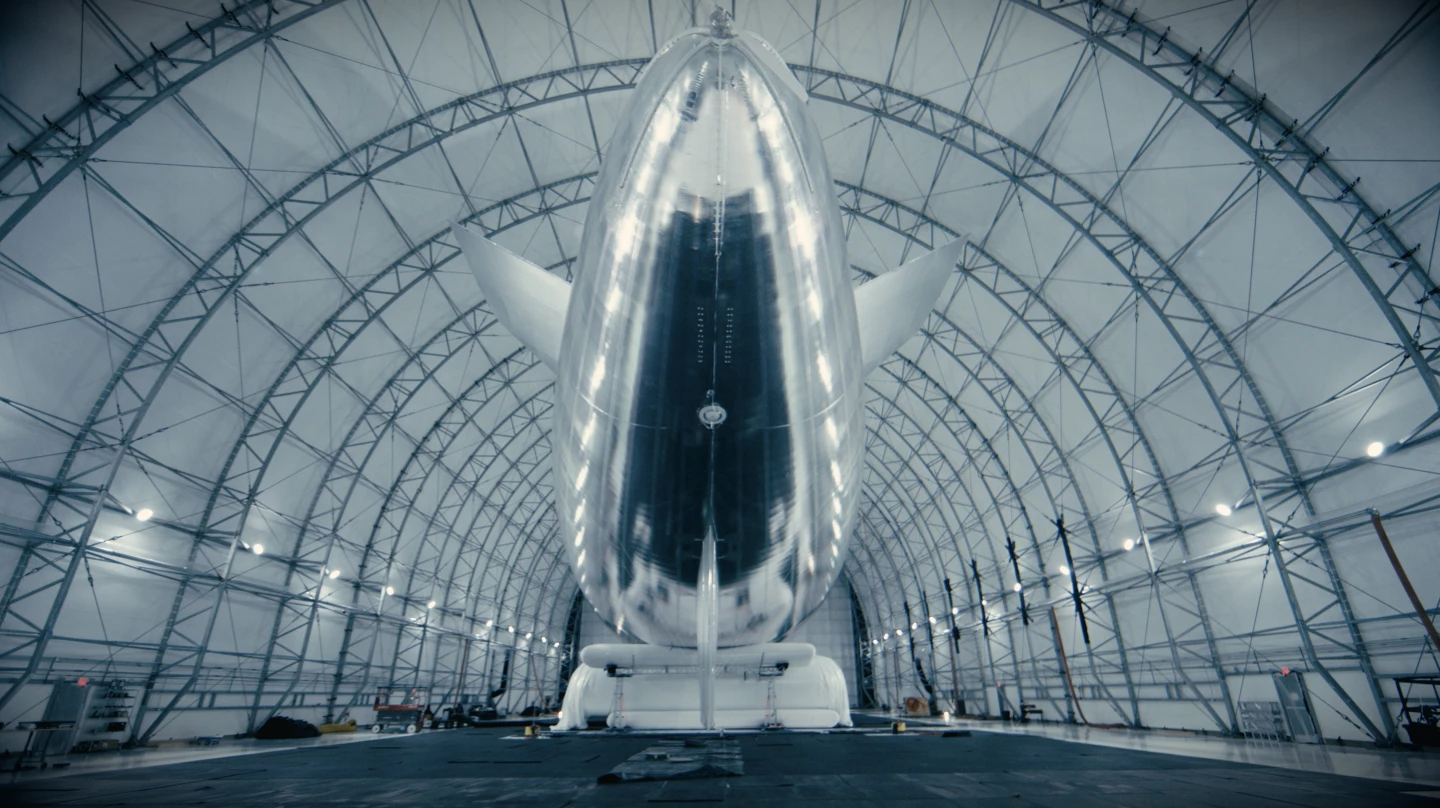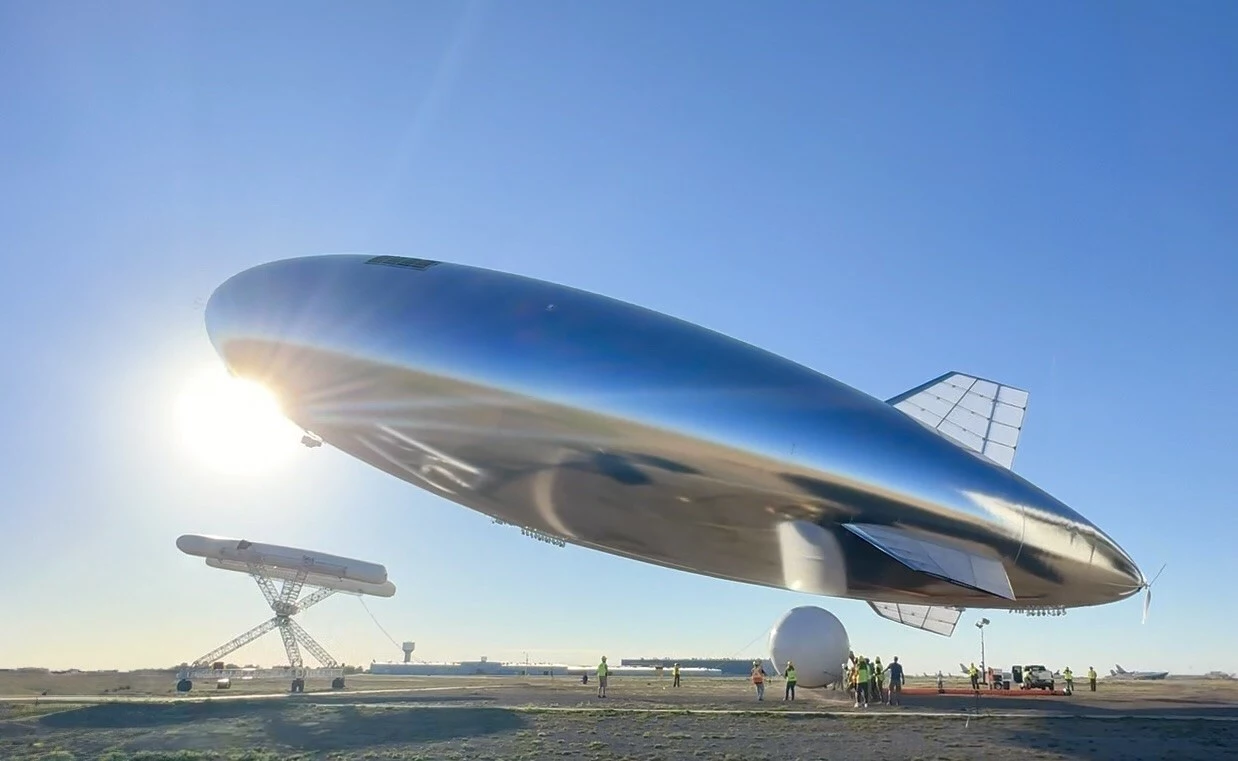If you want to get high-speed internet to people in remote communities, why not simply beam it to them from a high-flying blimp-like aircraft? That's just one of the proposed purposes of the Sceye HAPS, which uses solar power to hover in the stratosphere.
Sceye is a Roswell, New Mexico-based aerospace company that was founded in 2014 by Mikkel Vestergaard Frandsen. He is also the owner of public health firm Vestergaard, which makes the water-purifying LifeStraw device.
The Sceye HAPS (High-Altitude Platform Station) is a 65-m (213-ft)-long uncrewed helium-filled aircraft that is designed to launch vertically, then proceed to an altitude of 60,000 to 65,000 ft (18,288 to 19,812 m).
It can then hover in place at a given altitude and set of GPS coordinates, powered by gallium selenide and gallium arsenide solar cells which are integrated into its full-body silver-foil "solar cape."

As it hovers – conceivably for months at a time between service intervals – it's able to perform tasks such as relaying broadband internet to underserved communities, monitoring the climate and environment, and watching for forest fires or other natural disasters.
It is already a key component of a State of New Mexico project in which a consortium of telecommunications companies has set out to provide universal broadband access to the Navajo Nation. The aircraft is also part of a five-year US Environmental Protection Agency study aimed at tracking and measuring methane emissions.

The Sceye HAPS made its first flights in 2021, reaching a maximum altitude of 64,600 ft (19,690 m). It also utilized an onboard 4G active antenna array and beam-forming technology to maintain an LTE OpenRAN data connection with a smartphone on the ground, spanning a record-breaking distance of over 140 km (87 miles). LTE typically has a range of about 100 km (62 miles).
The aircraft's most recent milestone came just last week, when it demonstrated its ability to charge its batteries during the day via its solar cells, then use that battery power to stay hovering in place overnight. It launched at 7:36 am on Aug. 15th from Sceye's New Mexico facility, reaching an altitude of 61,000 ft (18,593 m) and not landing until the following day at 12:21 pm.
While airborne, the aircraft also demonstrated its ability to stay in place over an area of operation, and to relocate to another area.

"The flight was an important demonstration of our platform's performance and resilience," says Stephanie Luongo, Chief of Mission Operations. "I'm looking forward to seeing the growth and capabilities scale with each and every flight that follows."
The Sceye HAPS has now made a total of 20 test flights – one of which can be seen in the video below – with two more scheduled for later this year. We're told that plans call for the aircraft to enter commercial use in 2025. It may have some competition, as companies such as Thales Alenia Space and Lockheed Martin are hard at work on similar platforms of their own.
Source: Sceye








